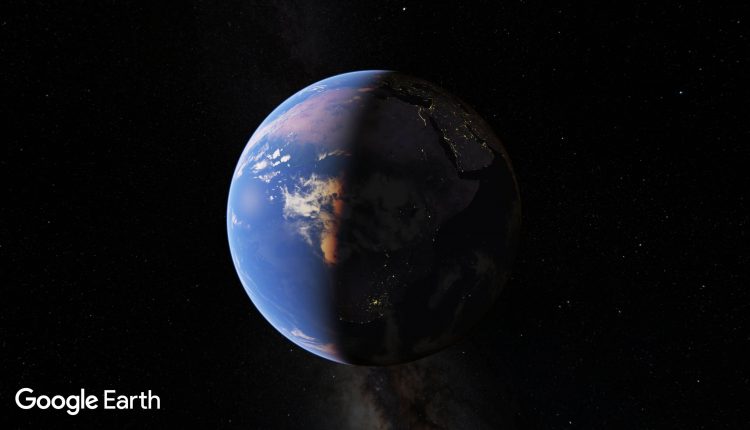
This is the offline version of Google Earth Pro
When you have Google Earth, you check out the different worldwide virtual tours it has to offer without the need to change locations. You just need to make a few clicks to make it happen. Of course, you may think you need an Internet connection to make it happen.
Contents
How To Use Google Earth Offline (With No Internet Connection)
Actually, it’s possible to access Google Earth even when offline. As long as your device as a cached version of Google Earth, you can use the program. The method lies in that cache file. If you’ve not used Google Earth previously, you can’t use the application offline until you do use it.
Also, you can only access locations you’ve previously seen and are in the cache file. If you go to a place that doesn’t have good Internet connections or none at all, and you want directions to them, you need a cache file for it.
Where do you go from here?
Readying Your Device To Use Google Earth Offline
- Choose a location you’d like to view offline
- Get to the closest view and turn layers on to get in-depth information
- Save KML files for your smartphone or computer
- When Google Earth picks up the location, go to File, Save and Save Place As
- On the left-hand panel on the new window, choose a folder
- Type the file name in and hit Save. This saves it as a .kmz file that will have the KML file
With Your Mac Device
- Once you have your location picked, hit “My Places” under the left-hand panel Places section
- Hit Ctrl + left mouse key and hit Save Place As
- Type in your file name and hit the location to save your file
- Hit Save
- Once these files are saved, you can start the caching process
How To Manually Cache Google Earth Information
- Be sure you have an Internet
- Go to Tools and Options. When the window opens, hit the Cache button.
- Delete cache data and index file by hitting the “Clear disk cache” button.
- Choose the Memory Cache size and hit “Clear memory cache.” 16MB is the minimum memory cache size.
- Close the Windows option.
- Choose a Google Earth location you’d like to cache and set layers if you’d like.
- Find the data loading indicator at the bottom of the screen and wait for an indication that the information was downloaded.
You’ll need to repeat the last two steps for your other locations to be cached.
If you’re going on a long trip, it’s important that the cache is done in high-resolution. While this can take up a good amount of space, you can turn off the layers if the images are enough to give you direction.
How To Solve Google Earth Pro Crashes
Google Earth users may want to take their app experience a bit further with Google Earth Pro. However, many people seem to be having issues with the rendering of the tool, making it impossible to use. One user wrote on the Google forum to get an answer to the problem. The post states that after they upgraded to Google Earth Pro, they were unable to use the program.
Failure To Start
When the user tried to start the program, it caused a loading symbol splash screen to appear with the word “Initializing” on it. This wasn’t too much of a concern, initially. However, the program later responded with the “program is not responding” message – where users can either wait for it to respond or exit out of it.
Repair Tool
Another Google forum user suggested using the Repair Tool, which is available on the 7.3 version. It seems using the tool eliminated the technical issues that caused the program initialization to fail.
How To Start Up The Repair Tool
The simplest way to start up the Repair Tool is to access the Google Earth Pro multiple times. After several times, users are asked if they would like to use the Repair Tool. What the software is trying to let users know is that what they’re doing is not working and they need to try something else. Users should click on the Yes option to launch the Repair Tool.
Another way to start up the Repair Tool is using the Run command. If you should not get the message, you need to open the Run Command Tool, which is done by pressing the R and Windows keys together. Then paste the following command.
- C:\Program Files (x86)\Google\Google Earth Pro\client\repair_tool.exe
Once the repair tool is open, you can try an array of the proposed solutions. You’ll be given a plethora of options; run through each one as they are shown. Don’t click the troubleshooting link and close the program if it’s running before you try using the suggestions the Repair Tool offers.

